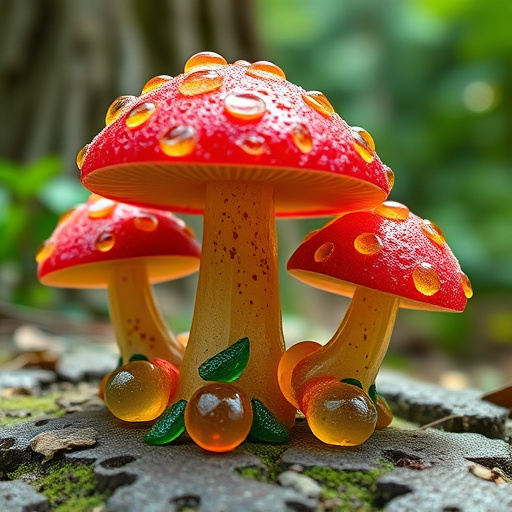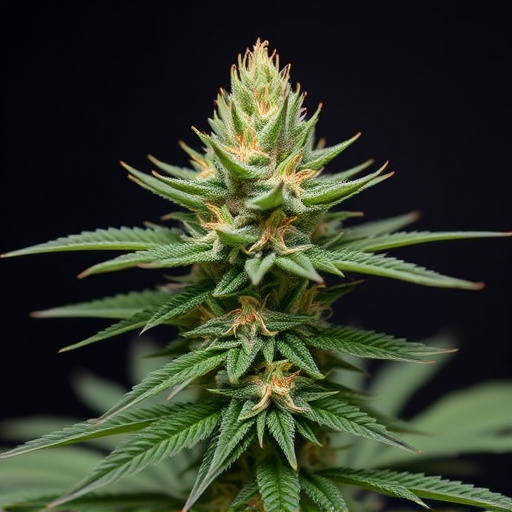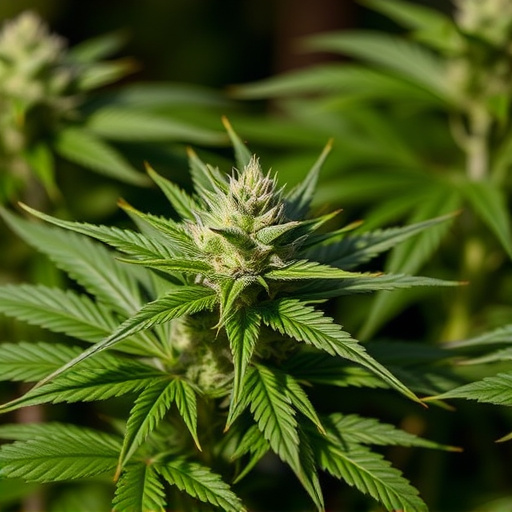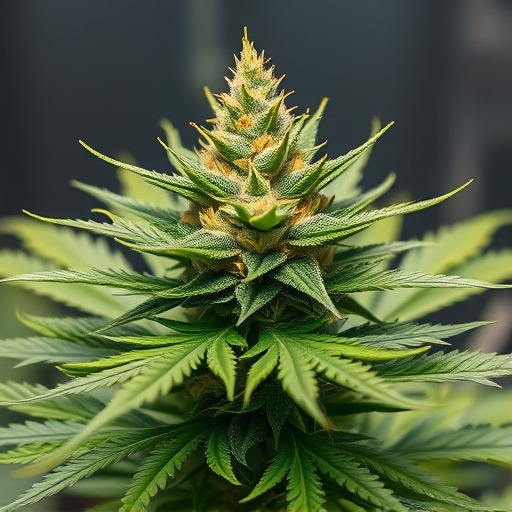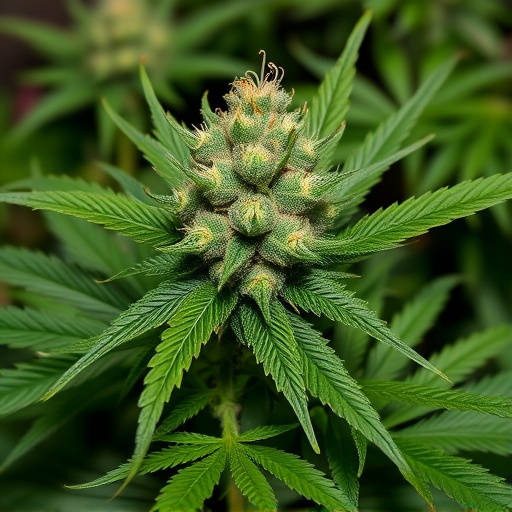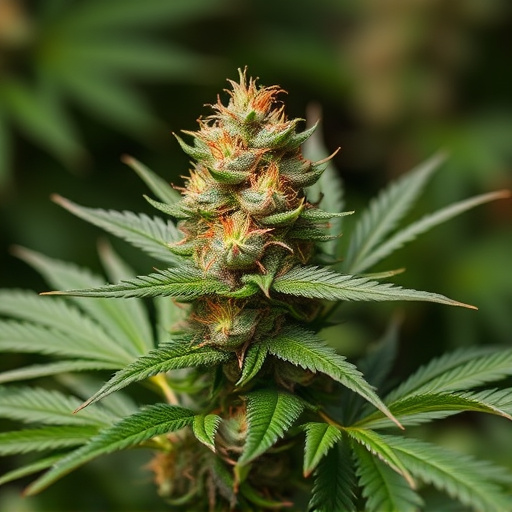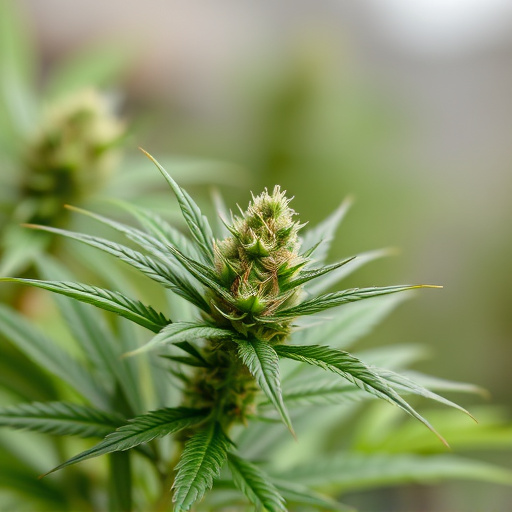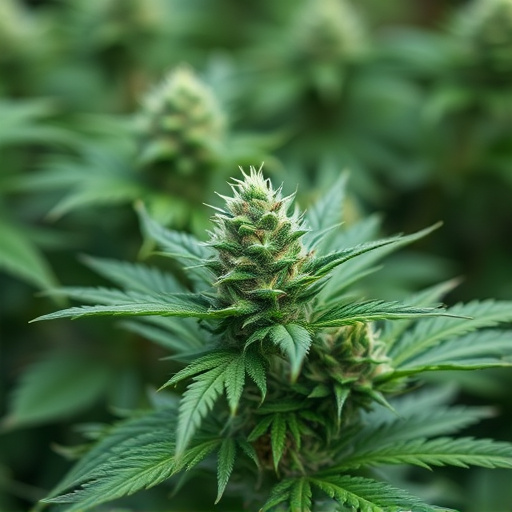Cannabis plants produce a range of chemical compounds, notably cannabinoids like CBD (Cannabidiol) and THC (Tetrahydrocannabinol), which significantly impact their characteristics. High CBD cannabis strains have gained popularity for offering non-intoxicating options with elevated levels of CBD, providing potential therapeutic benefits such as anxiety relief, pain reduction, and anti-inflammatory effects. These strains' unique colors, from vibrant purples to blues, are linked to specific genetic mutations and interactions between pigments like anthocyanins and chemical compounds that respond to environmental factors like temperature and UV light exposure. Cultivators can manipulate these conditions to produce not only visually stunning high CBD strains but also those with desired medicinal properties.
Uncover the intriguing world of colored weeds, specifically purple, red, and blue varieties. This phenomenon isn’t just aesthetic; it’s rooted in complex interactions between cannabinoid profiles, genetic diversity, and environmental conditions. High CBD cannabis strains often exhibit these unique hues due to their distinct chemical compositions. Delve into the science behind these variations to understand why certain plants take on these vibrant tones, offering insights for cultivators aiming to nurture high CBD strains with distinctive colors.
- Understanding Cannabinoid Profiles: CBD and Its Role
- Genetic Factors: The Science Behind Color Variation
- Environmental Influences: Nurturing the Right Conditions
Understanding Cannabinoid Profiles: CBD and Its Role
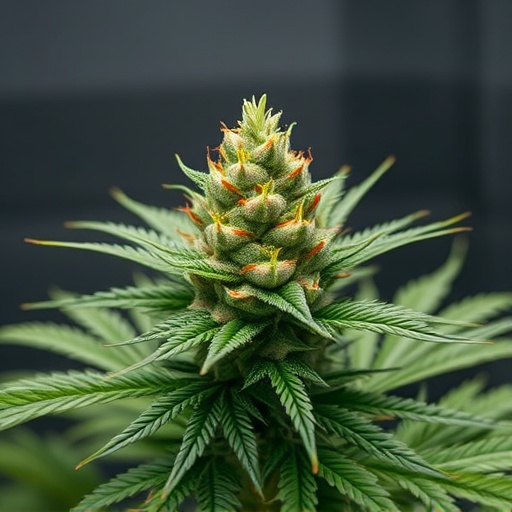
Cannabis plants, scientifically known as Cannabis sativa, produce a diverse range of chemical compounds that contribute to their unique effects and appearances. Among these compounds, cannabinoids play a pivotal role in shaping the plant’s characteristics. Two prominent cannabinoids often discussed are CBD (Cannabidiol) and THC (Tetrahydrocannabinol). While THC is well-known for its psychoactive properties, CBD has gained significant attention for its potential therapeutic benefits.
High CBD cannabis strains have become increasingly popular among users seeking non-intoxicating options with high levels of this cannabinoid. CBD is believed to interact with the endocannabinoid system in our bodies, which regulates various physiological processes, contributing to its potential medical applications. These include relief from anxiety, pain, and inflammation without inducing the euphoric effects associated with THC. Understanding the cannabinoid profiles, particularly the balance between CBD and other cannabinoids, is essential for both cultivators aiming to create specific effects and consumers looking to harness the therapeutic benefits of cannabis.
Genetic Factors: The Science Behind Color Variation
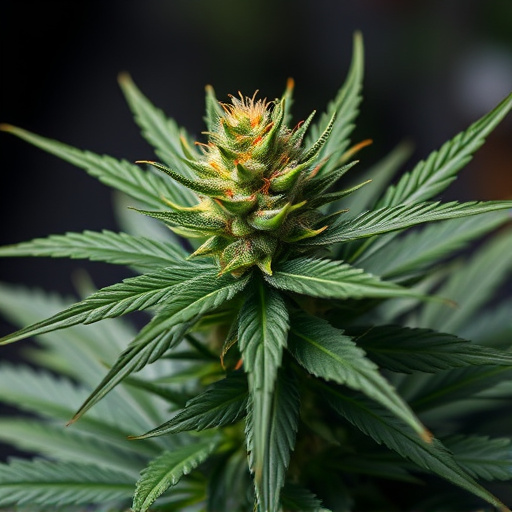
Weed, or more scientifically, cannabis plants, display a remarkable range of colors, from purple and red to blue hues. This vibrant diversity isn’t just visually striking; it’s driven by intricate genetic factors that influence the plant’s metabolism and pigmentation. In the context of high CBD cannabis strains, these color variations can be attributed to specific genetic mutations and interactions between different genes.
The science behind cannabis color variation involves several key players. One primary factor is the presence or absence of specific pigments like anthocyanins, which contribute to red and purple hues. Additionally, other chemical compounds interact with light, affecting how we perceive the plant’s color. Researchers have identified numerous genetic variants that influence these processes, offering insights into why some high CBD strains exhibit striking blue, red, or purple shades. Understanding these genetic factors not only enhances our appreciation of cannabis aesthetics but also has implications for breeding programs aimed at creating novel varieties with desired characteristics.
Environmental Influences: Nurturing the Right Conditions
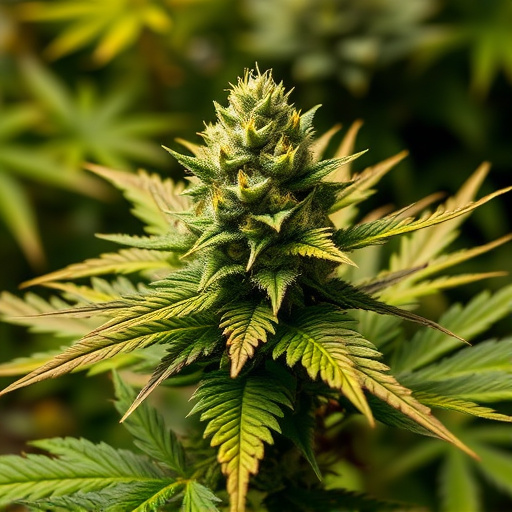
Weed, or cannabis, can exhibit a stunning array of colors, with purple, red, and blue hues being particularly intriguing. These vibrant shades are not random but carefully orchestrated by nature, influenced by environmental factors that cultivators can harness to nurture high CBD cannabis strains. The right balance of sunlight, temperature, and water plays a crucial role in determining the final color.
For instance, cooler temperatures and increased UV light exposure often lead to more intense pigmentation, resulting in purples and reds. These conditions are particularly favorable for specific cannabinoid profiles, including higher levels of CBD, which is renowned for its therapeutic benefits. Therefore, understanding and manipulating these environmental variables can help cultivators produce not only visually striking cannabis plants but also those with desired chemical compositions.
The vibrant colors of purple, red, and blue in weed are not just aesthetic; they’re a result of complex interactions between genetic makeup, environmental conditions, and unique cannabinoid profiles, particularly high CBD cannabis strains. Understanding these factors is key to appreciating the diverse characteristics and potential therapeutic benefits that different strains offer. By nurturing the right conditions and recognizing the science behind color variation, cultivators can bring out the best in these striking plants, providing users with a wide range of experiences tailored to their preferences.




